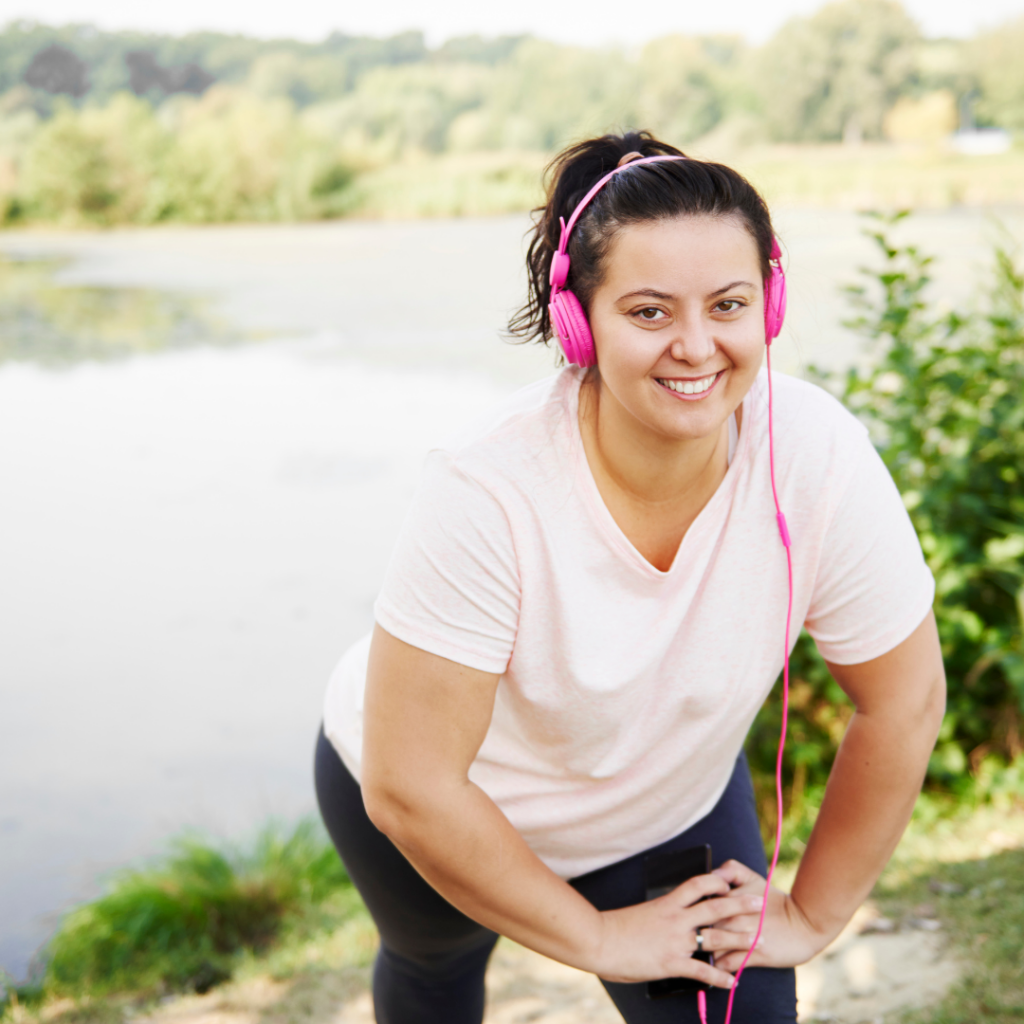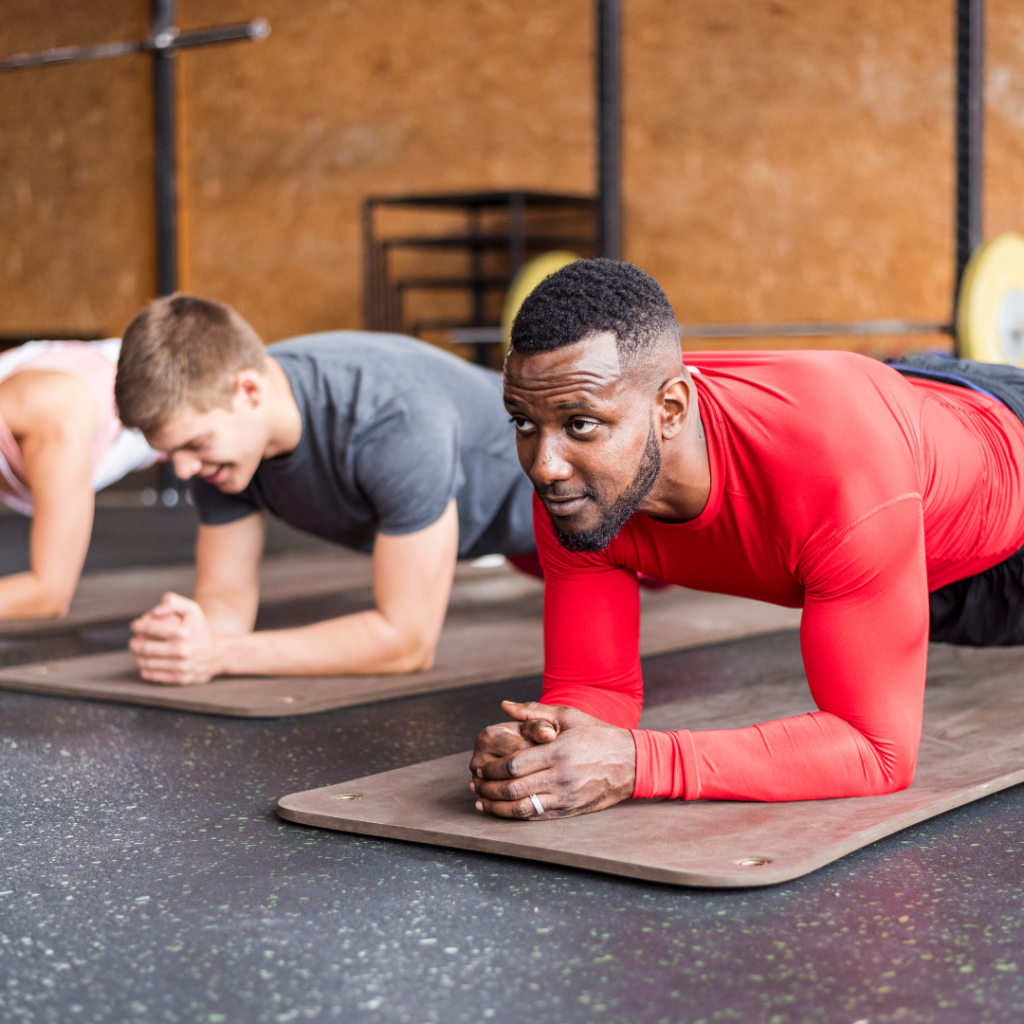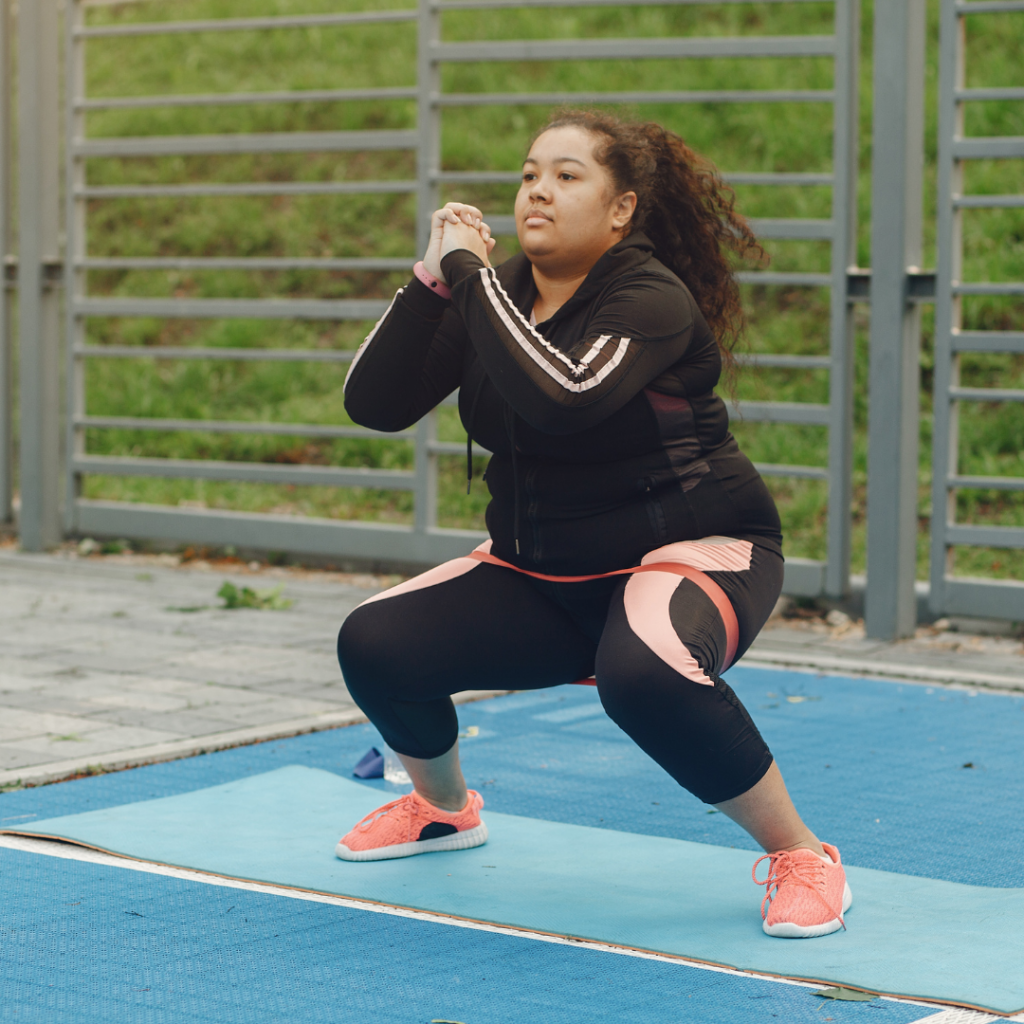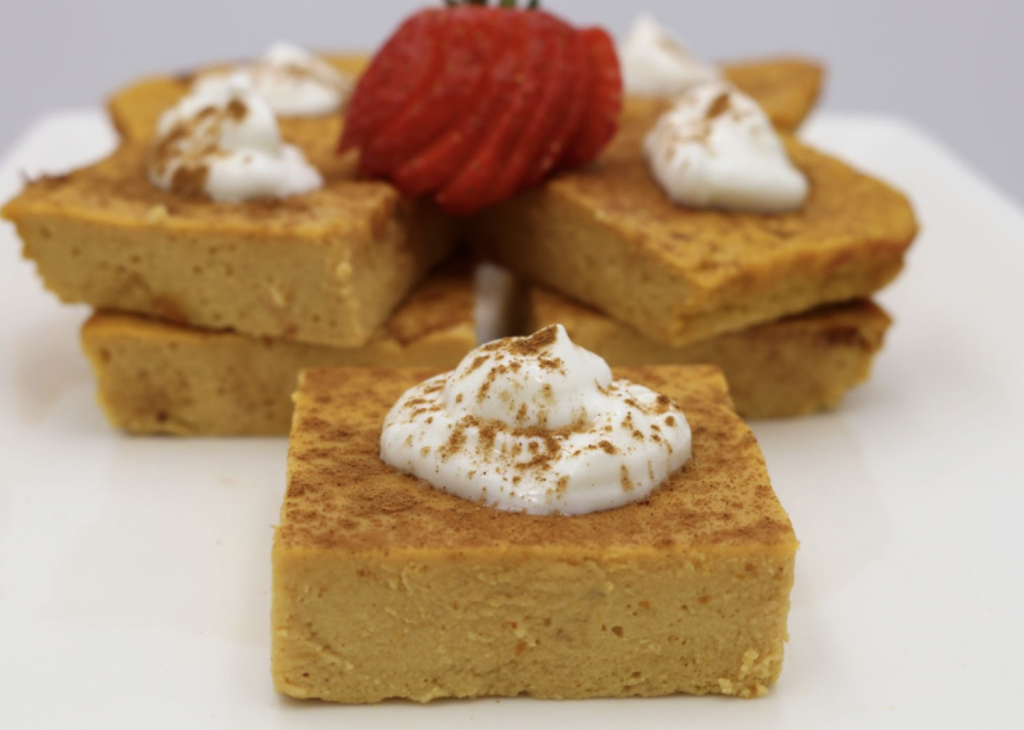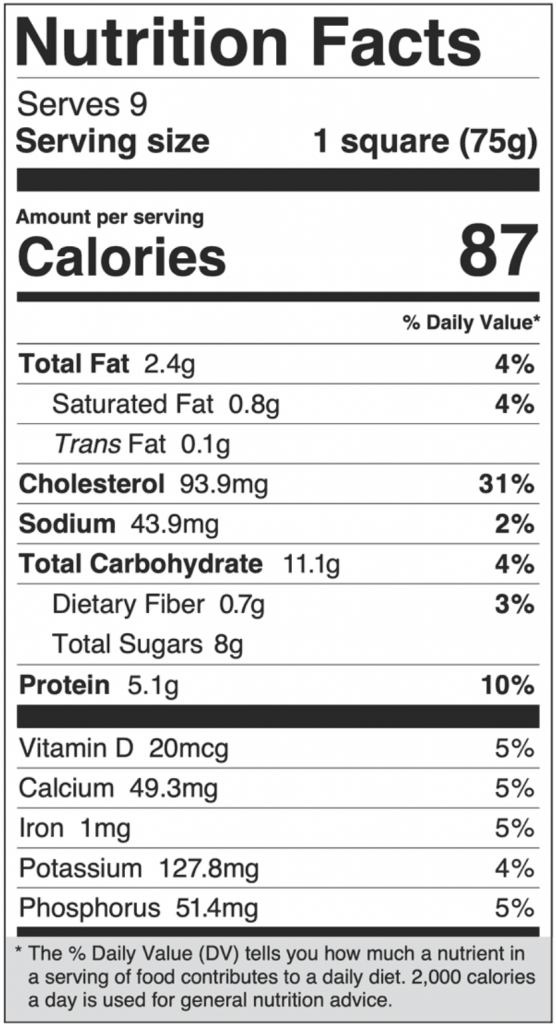
Sometimes it can seem like there is not enough time in the day to get everything done. Trying to fit healthy eating, movement, work, and all the other things that come up can seem overwhelming. One way to guarantee time for yourself is to shift your sleep schedule to wake up earlier. I know, I know, you’ve probably heard this before. You may already be a morning person, but if not, there are strategies you can implement to become one. It may not even be an extreme change. Just having 30 extra minutes in the morning could greatly benefit your health and your goals.
Our bodies have a natural sleep rhythm that you can use to your advantage. As you are shifting, or even implementing, a new sleep schedule, try to keep your bedtime and wake up time consistent. This regularity will make it easier to fall asleep and wake up. On the weekends when you may not need to start your day as early, try to keep your bedtime and wake up time within an hour to hour and a half of your normal schedule.
If you are trying to shift your schedule and wake up early, try a gradual shift. Maybe you want to wake up 30 minutes earlier on weekdays. To start, try just waking up 10 to 15 minutes earlier each day for a week. The following week, wake up another 10 to 15 minutes earlier. Think about when you want to wake up and when you want to wake up now. Break up the shift into shorter increments and make the change over a few weeks. At the same time, aim to go to bed at a consistent time that will give you enough total sleep based on your wake-up time.
Here are more strategies to help you wake up earlier:
- Have a plan. What are you trying to accomplish in this extra time? Maybe you want to engage in physical activity, cook a healthy breakfast, pack a lunch, journal, read for pleasure, or a combination of a few!
- Use light to your advantage. Avoid screens at least an hour before bedtime. In the morning, use light to help you wake up. Some alarm clocks can mimic a sunrise for a more natural wake up.
- Move your body. Engage in a short stretching routine, yoga, workout, or walk to help wake your body and mind up.
- Limit your caffeine consumption to certain timeframes. Importantly, do not have caffeine to late in the afternoon so you do not disrupt your sleep.
Think about how your goals align with your current schedule. Can you make schedule adjustments to increase your progress? Make a plan today to shift your sleep schedule to fit your goals.
You Might Also Enjoy:
Mindful Breathing for Stress Relief
5 Healthy Habits to Improve the Quality of Your Sleep
Don’t miss another great blog: Subscribe Now



